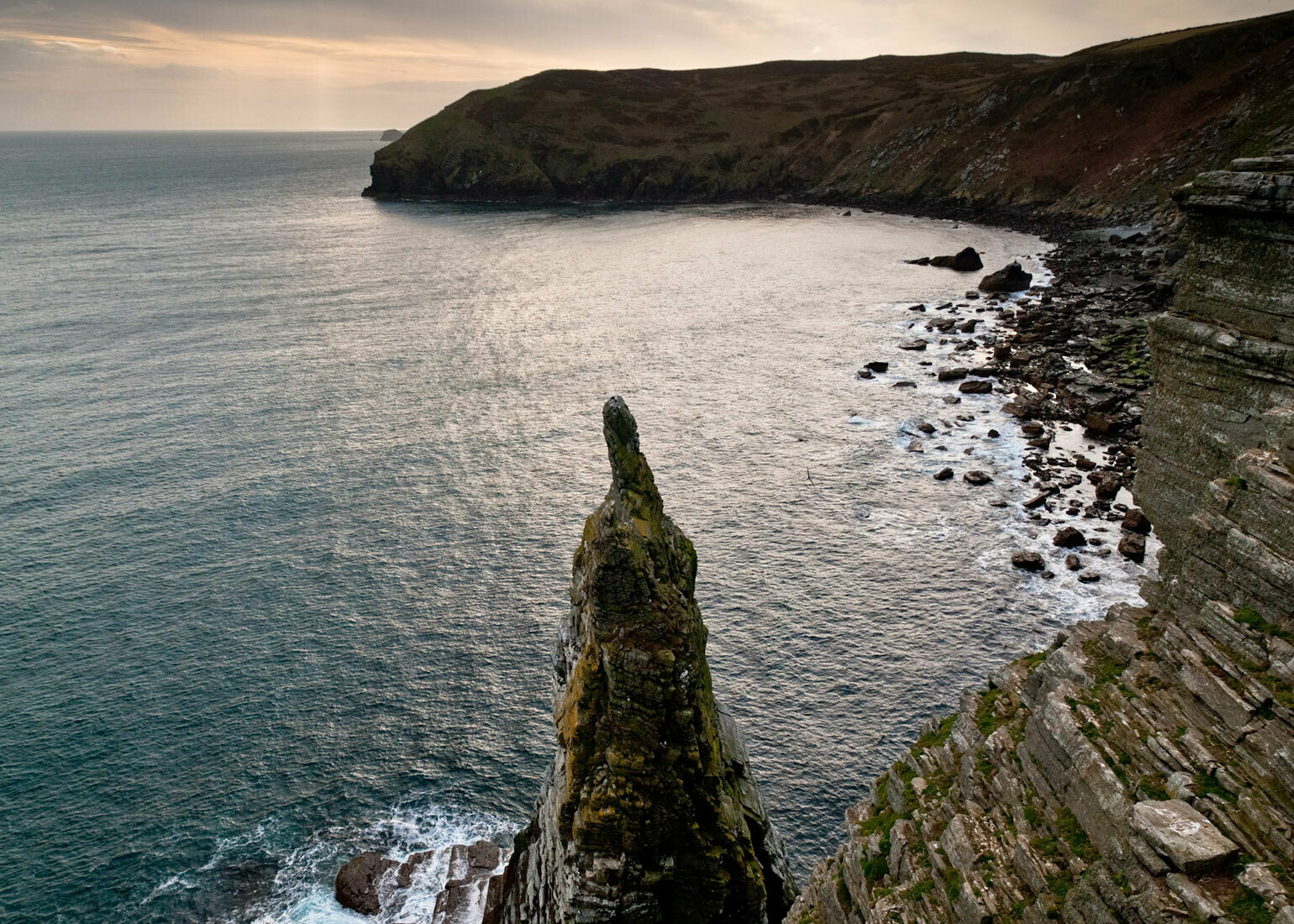About
Site Directory
Copyright © 2025 www.isleofman.com
All Right Reserved
powered by 
Copyright © 2025 www.isleofman.com
All Right Reserved
powered by 


Spanish Head is a popular spot in the Isle of Man for walkers, photographers and rock climbers
Spanish Head is the name given to an area of the south-west coast of the Isle of Man which rises steeply from sea level to a height of over 100m. The dramatic, rugged profile of the cliffs in this area make it a magnet for walkers, photographers and rock climbers. The waters below yield a number of excellent dive sites and it is also an excellent place for bird-watching. The long-distance coastal footpath Raad ny Foillan (Way of the Gull) takes in Spanish Head, as it runs south from Port St Mary to the Sound.
According to one local legend, Spanish Head came by its name after a Spanish Armada galleon was wrecked off this part of the coast. Some even attribute the dark looks of certain people in this area to shipwrecked settlers. There is, however, no evidence in support of either theory: all the Armada ships were accounted for.
The sheer cliffs of Spanish Head comprise large areas of Manx slate, which local residents once extracted - in what must have been a fairly perilous operation - to use in the construction of their homesteads.
There are a number of important seabird colonies in this area and a visitor to the area can expect to see Guillemots, Razorbills, Kittiwakes, Fulmars, Lesser and Greater Black-Backed Gulls, Herring Gulls, Shags, Cormorants and the occasional Puffin.
On the headland, sightings of Ravens and Choughs are common, as well as smaller birds such as Stonechats, Rock Pipits and Wheatears.
Following the creation of the Manx National Trust in 1951, 200 acres of land at Spanish Head were acquired by the Trust, ensuring the preservation of the area.
On Friday 28th September 2007, a gorse fire damaged a 1.2 acre area of Spanish Head.
Fire crews were assisted in tackling the blaze by staff from Manx National Heritage and Cregneash Farm.